“The sequestered situation of this church seems always to have made it a favorite haunt of troubled spirits. It stands on a knoll, surrounded by locust, trees and lofty elms, from among which its decent, whitewashed walls shine modestly forth, like Christian purity beaming through the shades of retirement.” - "The Legend of Sleepy Hollow", Washington Irving I finally got back to the Hollow this week during daylight to walk the historic grounds of the Sleepy Hollow Cemetery and the The Old Dutch Church, the oldest in the country (estimated at 1685). A beautiful site with gently rolling hills, loads of foliage, and varying styles of stone work, this place is both a living work of art and of history. Washington Irving, the author of “The Legend of Sleepy Hollow” is buried here. I thought he’d have one of the house-like mausoleums in the cemetery considering how well he was known even in his own time. He was a lawyer, historian and diplomat on top of being a creative writer. Not bad for never going to college and being the 11th child of a sizable family. Not resting in a mausoleum, Irving’s modest tombstone is in his family plot at the cemetery. “The immediate cause, however, of the prevalence of supernatural stories in these parts, was doubtless owing to the vicinity of Sleepy Hollow. There was a contagion in the very air that blew from that haunted region; it breathed forth an atmosphere of dreams and fancies infecting all the land.” This is the 200th anniversary of the publication of the tale of the creepy headless ghost that would haunt the dirt roadways of the town at night. The story was published as part of a compilation called The Sketch Book of Geoffrey Crayon, Gent. in March 1820. This is such a classic spooky tale that has not only survived as a Halloween staple it has inspired TV shows and multiple movies like Tim Burton’s version in 1999. The town is definitely developed, but historic sites like the Sleepy Hollow Cemetery and the Old Dutch Church seem frozen in time. I went on a beautifully overcast day that was not too hot nor too cold, just Goldilocks perfect, and quiet for Halloween season. I even found the Van Tassel plot by pure chance - the family whose daughter Katrina plays such a part in the story. “It was, as I have said, a fine autumnal day; the sky was clear and serene, and nature wore that rich and golden livery which we always associate with the idea of abundance.” Tea in America in the Early 19th Century |
| Grandpa Style - Laid back style My understanding is that this style came from China and is how their older generations take their tea. Put leaves in a tall mug/cup and pour water over them. The idea is to add water when the cup falls below ⅔ full or so and keep adding like that with the leaves remaining in the cup. Maybe grandpa has learned something about the beauty of simplicity, and that’s why this method is named after him (grandma may be too refined for this method). Lighter teas are suggested for this method like white, green and yellow (if you can find it). I think that any tea which can stand multiple steepings would work though, including oolong and puerh, if the water temperature is kept lower. In my experience it’s best to use a tall mug or cup and full leaf tea. With more broken teas and shorter vessels the leaves don’t always fall to the bottom. If you like a mouthful of leaves with your tea then have at it! So what is the style best for your vibe? Let us know on Facebook and Twitter. Maybe you switch between them. That’s my style: all of the above - no limits style. |
As a tea drinker I’m sure you can relate to this scenario: you and a friend go out for tea/coffee and a chat at the local coffee shop. Your friend orders a latte, you order a tea. You get handed a cup of whatever-temperature-they-have water with a bag floating in it, or worse, a cup of water with a metal spoon in it with a bag on the side. (Has everyone forgotten basic science?) Your friend gets a properly ground and brewed espresso shot, carefully foamed milk of their choice and a topping of latte art. Thankfully not all coffee businesses diss the tea drinker. There are some coffee companies that realize coffee drinkers sometimes drink tea or invite friends over who do. Amora is that kind of coffee company.
Firstly, Amora is a specialty coffee company that understands the beauty in the details. From their website, they roast “on-demand” for their customers, giving the freshest experience, and they have a 9 part roasting process (they say the usual is 3) I have not had their coffee, but I did work for a roastery at one point and can tell you the fresher the roast the better the experience.
Amora wisely recognized that there is a tea drinking market and that tea and coffee drinkers are social with each other. So in 2015 they “ added Amora Tea: "because tea drinkers deserve the same love.” (Yes. Yes we do.)
Their tea offerings, like their coffee, are focused on a blend of quality and ease. Not all tea drinkers are into the more involved process of loose leaf tea selection and brewing. Amora uses bags which are very popular for the occasional tea drinker or those who want to have something to offer their tea drinking friends. Their bags are biodegradable and pyramid shaped which offers more room for the tea and water to mingle.
Firstly, Amora is a specialty coffee company that understands the beauty in the details. From their website, they roast “on-demand” for their customers, giving the freshest experience, and they have a 9 part roasting process (they say the usual is 3) I have not had their coffee, but I did work for a roastery at one point and can tell you the fresher the roast the better the experience.
Amora wisely recognized that there is a tea drinking market and that tea and coffee drinkers are social with each other. So in 2015 they “ added Amora Tea: "because tea drinkers deserve the same love.” (Yes. Yes we do.)
Their tea offerings, like their coffee, are focused on a blend of quality and ease. Not all tea drinkers are into the more involved process of loose leaf tea selection and brewing. Amora uses bags which are very popular for the occasional tea drinker or those who want to have something to offer their tea drinking friends. Their bags are biodegradable and pyramid shaped which offers more room for the tea and water to mingle.
If you’re put off by the bag part, remember, not all bagged teas are alike. As you can see from this side by side comparison of Amora’s Green Cloud Mist tea and a well known, readily available green tea in a traditional paper bag (No. I'm not name-shaming.). You can see that the Amora green tea is larger pieces of leaf and deeper in color.
In my experience pyramid bagged tea usually indicates a better quality than the tea in old fashioned paper bags. But the proof is in the taste. I gave my friend who is a frequent but casual green tea drinker one of the Amora bags and he noticed a marked difference in taste, saying that it was smoother and tasted better. The more broken the leaf the more quickly it loses flavor and the dust/fanning bagged teas release more tannins for a more bitter experience. Amora is offering a bridge between full loose leaf and extremely broken bagged tea with the convenience of a bag.
So if you want to have tea on hand for your occasional tea mood, for your tea drinking friends or you just prefer a good standard tea with no fuss Amora teas hit the spot.
In my experience pyramid bagged tea usually indicates a better quality than the tea in old fashioned paper bags. But the proof is in the taste. I gave my friend who is a frequent but casual green tea drinker one of the Amora bags and he noticed a marked difference in taste, saying that it was smoother and tasted better. The more broken the leaf the more quickly it loses flavor and the dust/fanning bagged teas release more tannins for a more bitter experience. Amora is offering a bridge between full loose leaf and extremely broken bagged tea with the convenience of a bag.
So if you want to have tea on hand for your occasional tea mood, for your tea drinking friends or you just prefer a good standard tea with no fuss Amora teas hit the spot.
Quick Look
- biodegradable pyramid bags
- organic and kosher teas with some biodynamic
- Solid popular tea types
- Quick delivery with subscription options
English Breakfast
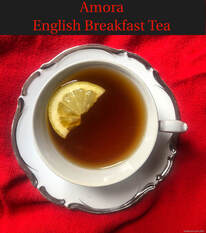
The black tea for Amora’s English Breakfast is sourced from the Iyerpadi tea estate in India.
I picked up a fruity, sweet, round taste with a body that can take cream and sugar but not so heavy the spoon will stand up in it. (That is as it should be. The spoon standing should be left to Irish Breakfast and Scottish Breakfast blends.)
Teas often feel like experiences to me and this one is like walking through a forest picking wild berries.
An interesting extra note for iced tea drinkers: the organic Iyerpadi Black BOP doesn’t get cloudy when cool.
I picked up a fruity, sweet, round taste with a body that can take cream and sugar but not so heavy the spoon will stand up in it. (That is as it should be. The spoon standing should be left to Irish Breakfast and Scottish Breakfast blends.)
Teas often feel like experiences to me and this one is like walking through a forest picking wild berries.
An interesting extra note for iced tea drinkers: the organic Iyerpadi Black BOP doesn’t get cloudy when cool.
Earl Grey
The leaves for this tea are sourced from the first organic tea estate in the world (certified in 1989): Idulgashinna, bio-dynamic estate (since 1999) in Sri Lanka
If you are an Earl Grey drinker you may be aware of the myriad of Earl Grey’s out there - some with double or triple bergamot, a lighter bodied tea as a base, or the addition of other elements like lavender or lemon. This is a straight up Earl Grey that I think would please most casual Earl Grey fans.
If you are an Earl Grey drinker you may be aware of the myriad of Earl Grey’s out there - some with double or triple bergamot, a lighter bodied tea as a base, or the addition of other elements like lavender or lemon. This is a straight up Earl Grey that I think would please most casual Earl Grey fans.
Green Cloud Mist
This is an organic Chinese tea called Yun Wu or Cloud Mist from remote Mount Putuo in the Zhejiang province.
I found this to be a satisfying light bodied green with minerality, a touch of butter and leaving a pleasant dryness on the tongue. I liked it steeped for shorter time or in more than 6-8 oz. water.
This one also reminded me of an experience: walking along a beach with the scent of the water rushing over the rocks.
I found this to be a satisfying light bodied green with minerality, a touch of butter and leaving a pleasant dryness on the tongue. I liked it steeped for shorter time or in more than 6-8 oz. water.
This one also reminded me of an experience: walking along a beach with the scent of the water rushing over the rocks.
Ginger Lemongrass (herbal)
This blend is 100% natural organic ginger root, lemongrass, licorice root, lemon peel and mint. The flavors all dance well together. Though very fresh smelling the ginger is not hot or overbearing. Also, for those unfamiliar, licorice root doesn’t taste like the candy. It lends a natural light sweetness to tea blends.
This is a great nighttime tea and good for any morning stomach upset as it is mild.
Thanks to Amora for supplying the tea for this taste adventure. Like a great house wine, it is wonderful to have quality tea at the ready for guests or for yourself. Check out Amora’s other teas and coffee offerings shipped directly to you priority. Enjoy!
Note: The links in this post are not affiliate links. All opinions are my own.
This is a great nighttime tea and good for any morning stomach upset as it is mild.
Thanks to Amora for supplying the tea for this taste adventure. Like a great house wine, it is wonderful to have quality tea at the ready for guests or for yourself. Check out Amora’s other teas and coffee offerings shipped directly to you priority. Enjoy!
Note: The links in this post are not affiliate links. All opinions are my own.
Author
Cassandra Vincent
Categories
All Classic Tea Flavored And Funky For Love Of Tea Herbs Infusions Lifestyle And Health Matcha Meditative And ASMR Sessions Recipes And Uses Specialty Tea Brands Spices Tea Accessories Tea Adjacent Tea And... Tea And A Laugh Tea And Art Tea And Holidays Tea And Music Series Tea And TV Tea Around The World Tea Cocktails Tea Events Tea In Film Tea In History Tea Innovations Tea Pros Tea Shops/Shops With Tea Tea Types Teaware
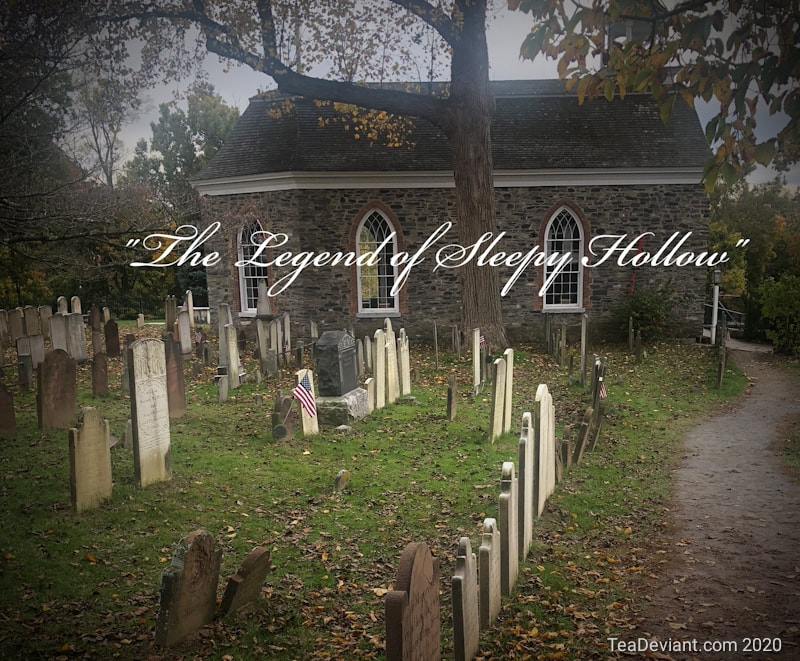
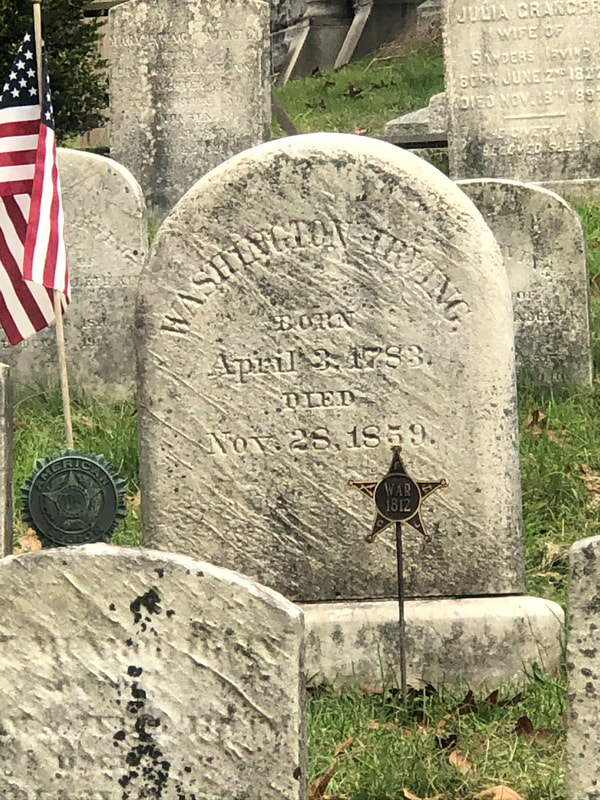

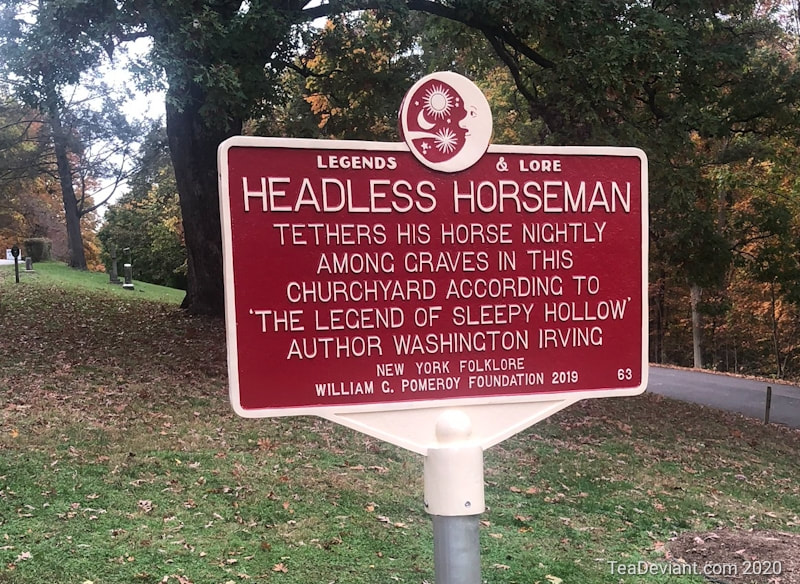
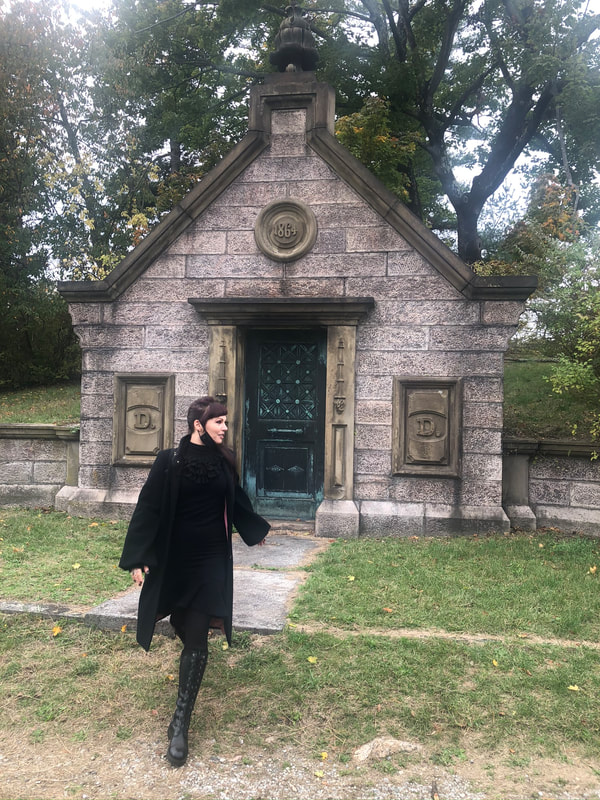


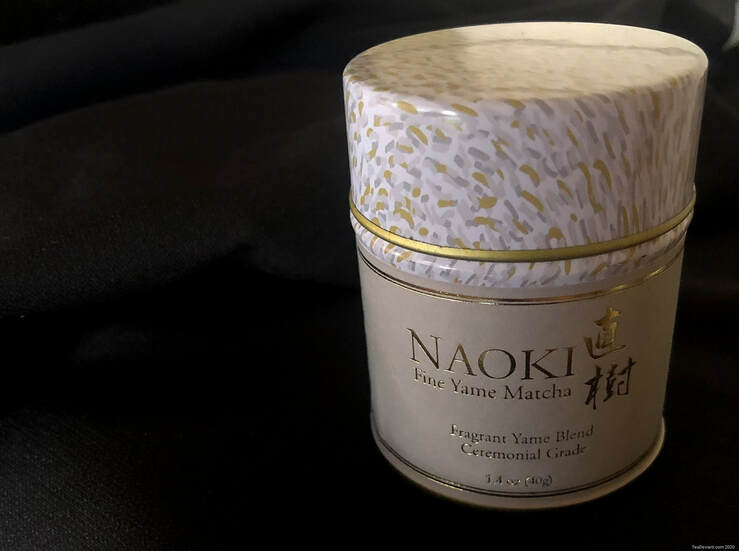

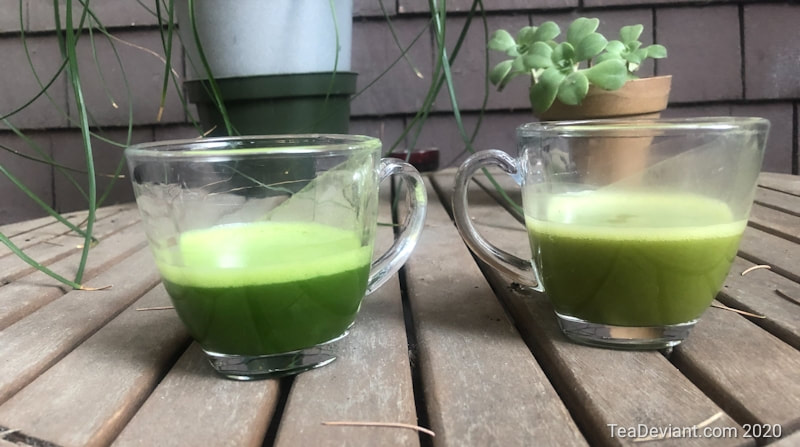
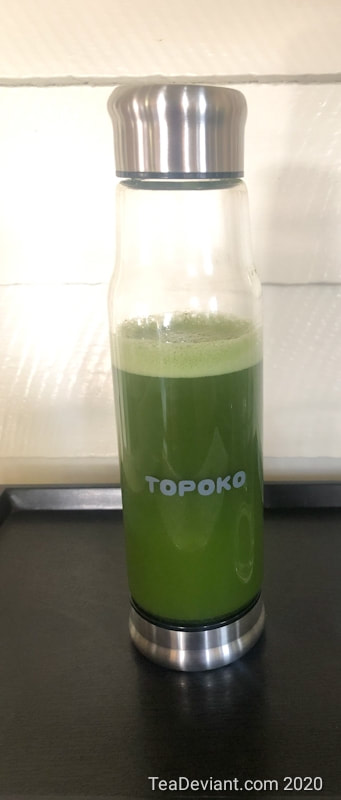
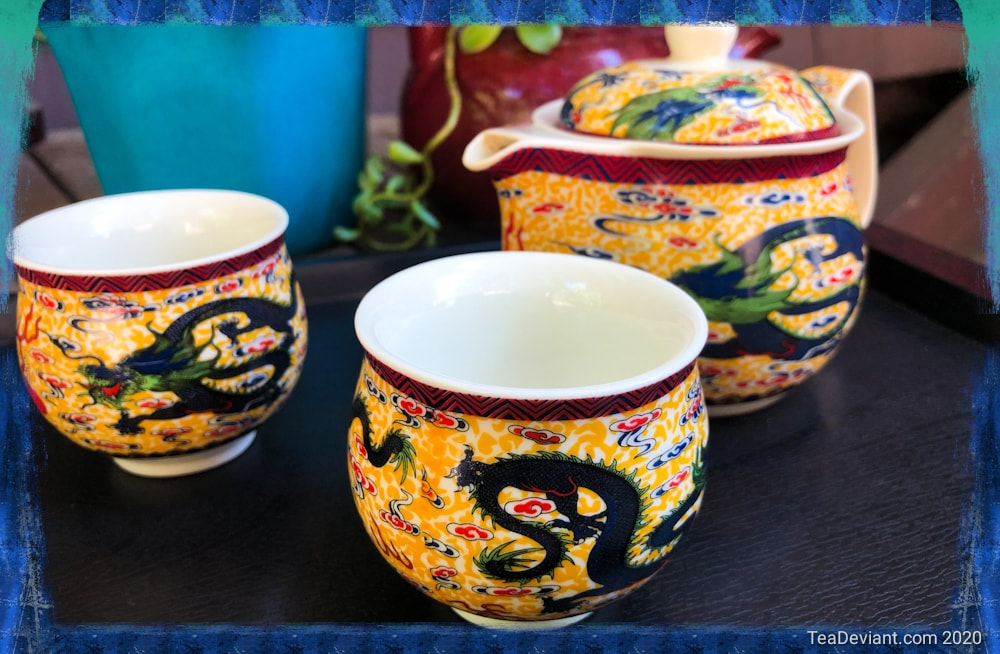
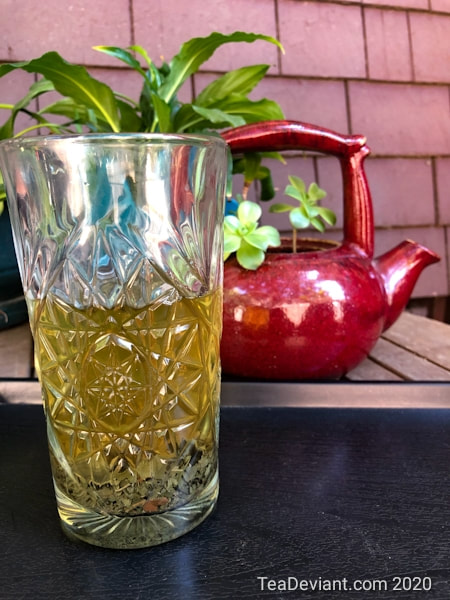
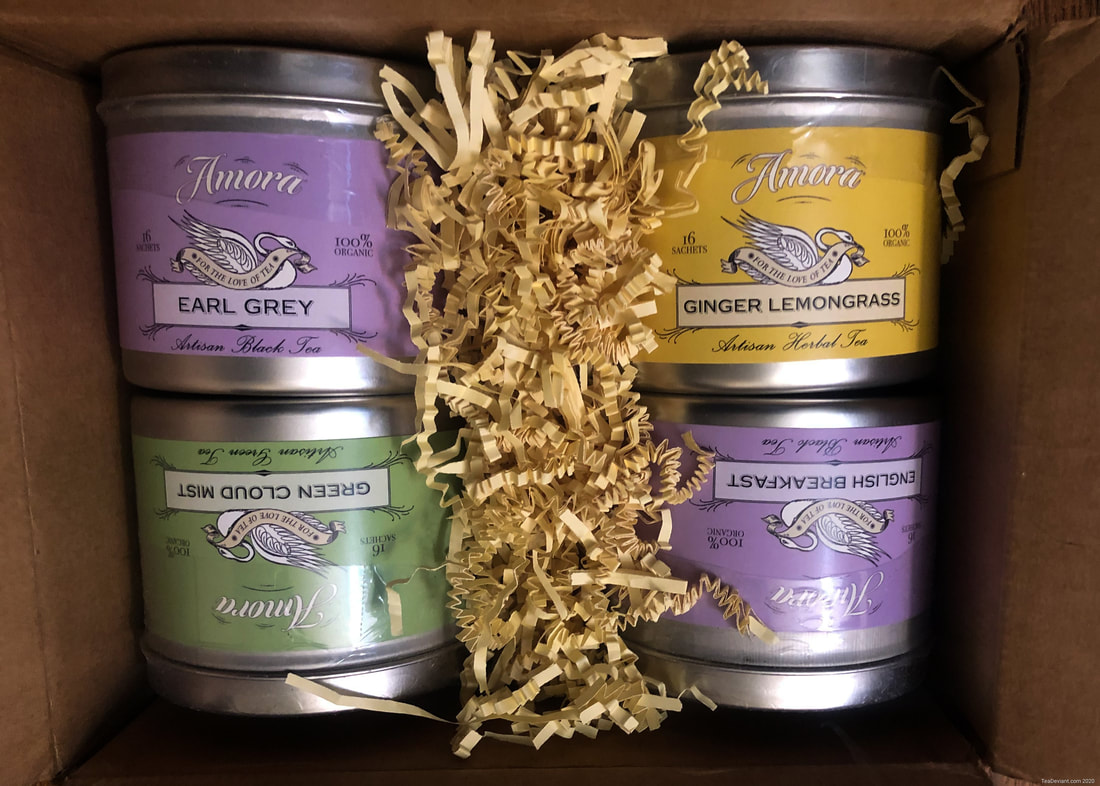
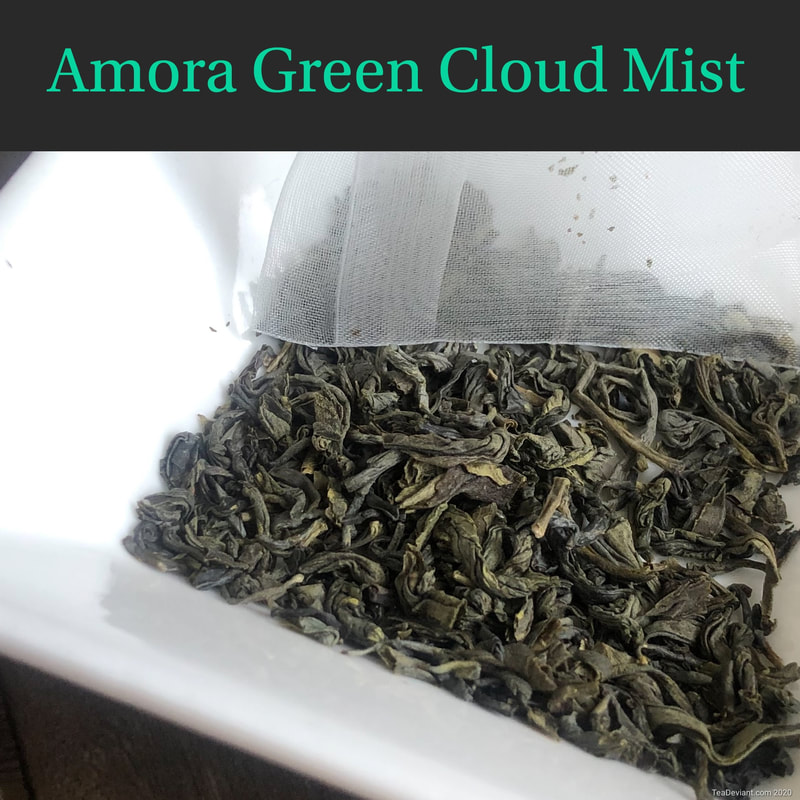
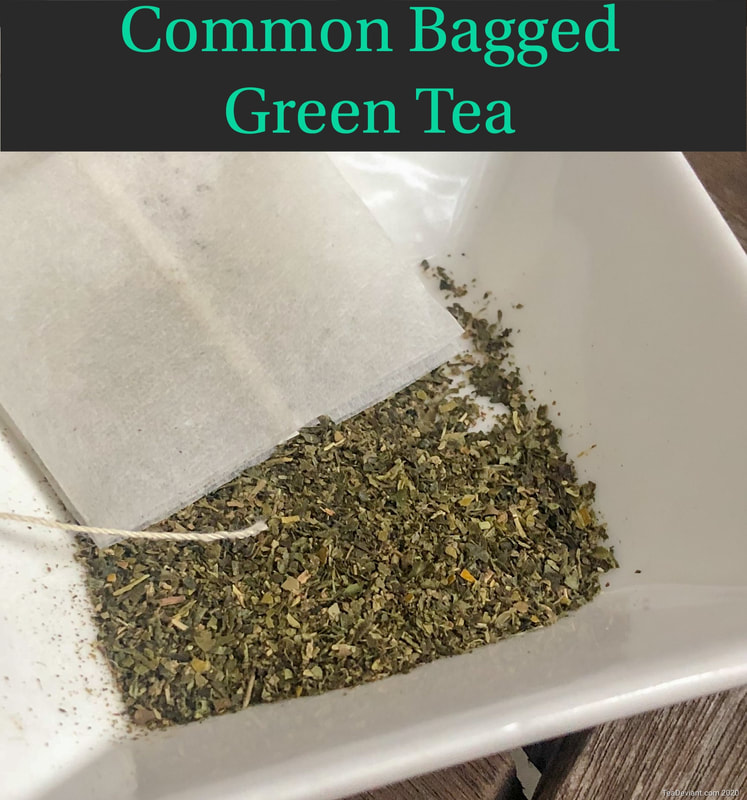
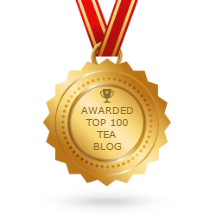
 RSS Feed
RSS Feed